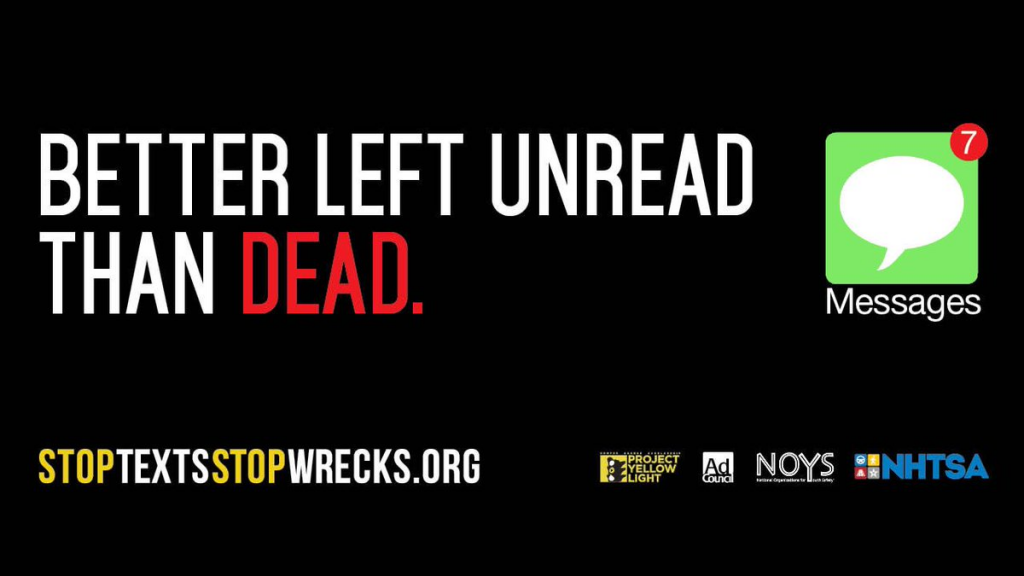Do you ever text while driving? Did you know that five seconds is the average time your eyes are off the road while texting? When traveling at 55 mph, that’s enough time to cover the length of a football field. Imaging doing that blindfolded. From that perspective, it’s easy to see how unsafe a seemingly minor action can be, yet many of us are guilty of it.
What is distracted driving?
According to the NHTSA, “Distracted driving is any activity that diverts attention from driving, including talking or texting on your phone, eating and drinking, talking to people in your vehicle, fiddling with the stereo, entertainment or navigation system—anything that takes your attention away from the task of safe driving.”
What’s the big deal?
Consider these facts by the NHTSA:
- 481,000 passenger vehicles were driven by people using handheld cell phones during the day in 2016.
- 391,000 people were injured as a result of distracted driving in 2015.
- 3,450 people were killed as a result of distracted driving in 2016.
What’s happening in Georgia to address this issue?
In May 2018, Gov. Nathan Deal signed House Bill 673 into law, which requires drivers to use hands-free technology when using cell phones and other electronic devices while driving. The law went into effect on July 1, 2018. A simple breakdown of what is prohibited and allowed, in addition to special exceptions, is provided by the Atlanta Journal Constitution. Heads Up Georgia offers in-depth information about the law, including details about how the law applies to different drivers, how it will be enforced and frequently asked questions. In addition, the Georgia Department of Driver Services details the penalties for not following this law.
What resources does GUIDE recommend?
Parents play a critical role in preventing distracted driving. The CDC campaign, Parents Are the Key to Safe Teen Drivers, includes numerous resources to assist parents in the education of their teens when they begin driving. One of those resources that we provide is our “Eight Danger Zones for Teens Behind the Wheel” handout.
In addition, GUIDE created the above PSA with the assistance of the Gwinnett County Communications Department to educate parents and adults on the CDC’s Eight Danger Zones for Teens Behind the Wheel and to encourage them to be positive role models in order to help teens stay safe on the road.
It’s important for adults to role model positive driving habits. If everyone makes an effort to be more intentional about focusing on driving, we can save lives and prevent crashes and injuries!

